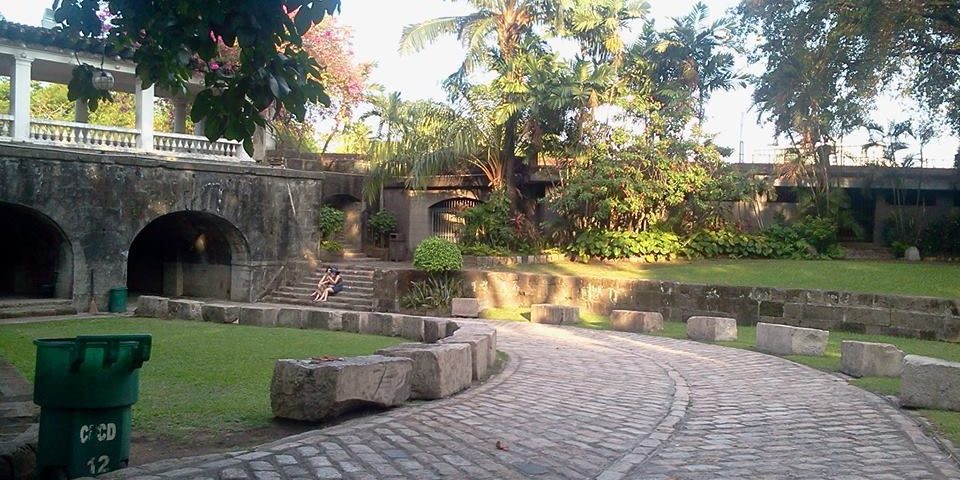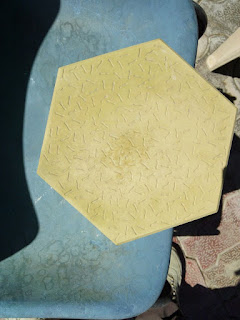Pavers can help you create a patio when building an actual patio isn’t possible. They can also provide lovely stepping stones for your garden. While pavers are wonderful, choosing pavers takes time and consideration, as you need materials and shapes that are functional and suit your space. When looking for pavers, be sure to pay close attention to your budget, while also thinking about the material, shape, and color you most desire.
Pavers are versatile and can be used in various shapes, sizes, styles, colours, and finishes. So if you think of pavers for renovating any of your surroundings or just want to construct a new structure with pavers, it’s a great idea!
Pavers come in stunning varieties. However, choosing the right ones for your paving project is sometimes confusing and tricky. Here are a few top tips to help you choose the right paving:
* Consider durability and suitability(Is the product suitable for pools? )
* Consider the colour, size, appearance, maitenance, and suitability as well
* Get suggestions on what you should choose – smooth or textured pavers and thick or thin pavers
TYPES AVAILABLE
Bricks are available in a variety of colors and finishes; this material blends with most settings and the blocks can be arranged in numerous patterns.
Poured concrete is durable and one of the simplest options for do-it-yourselfers. New color-bonding products can give old concrete a facelift.
Concrete pavers come in many shapes and styles, including ones that simulate natural stone; they are stronger than brick and form an interlocking surface.
Stone lends a rugged charm to any outdoor space; various types are available for use as pavers. The pieces of stone can vary widely in color and design, even when cut from the same larger boulder.
Gravel compacts well and is the most price-conscious option at the start, although with heavy use gravel requires regular smoothing and additional layers.
Outdoor tiles are available in many sizes, shapes, and colors; they are smooth and easy to clean.
Timber, otherwise known as decking, makes for an easy-to-construct patio; recycled, wood-alternative materials are becoming available.
FEATURES:
Safety and comfort. Stone and tile are sometimes slippery when wet, and stone can be uneven underfoot. Gravel is hard on bare feet, and occasionally tile can raise up a sharp edge.
Style. For a rustic or informal look, consider stone, concrete pavers, timber, or certain kinds of tile. For a more formal-looking space, brick and smooth tiles are the most traditional choices.
Climate. If your patio gets a lot of sun, wood will be the most cooling; the other materials will absorb heat. Asphalt-stabilized adobe and porcelain tiles will withstand any weather, while terra-cotta is best suited for warm climates.
 |
| Rameshwaram Marble |
This design is called stacked bond or jack-on-jack. It features bricks stacked in even rows and columns. Its simple straight lines can make a smaller space seem larger, and works well for contemporary spaces.
Herringbone is the most formal pattern and has been a traditional staple for centuries. With its zigs and zags, it works well to cover irregular areas.
For casual, cottagelike design, try the basket-weave pattern. The bricks are laid horizontally and vertically in “tile” pairs. This pattern can be easily incorporated into another design, or used alone.
Available in a diverse range of colours, styles, finishes and sizes, our quality interior and exterior natural stone paving and tiles offer limitless possibilities in flooring design. We also supply a high level of customization with most of our paving materials, enabling us to work with you to meet the requirements of almost any project.












